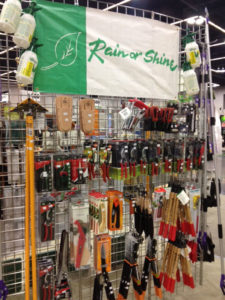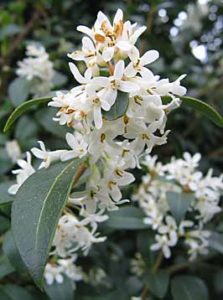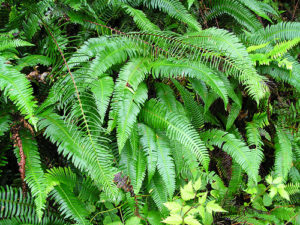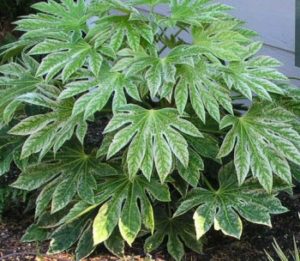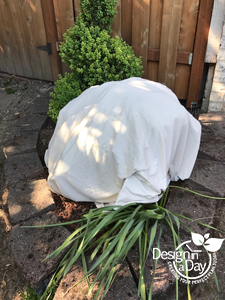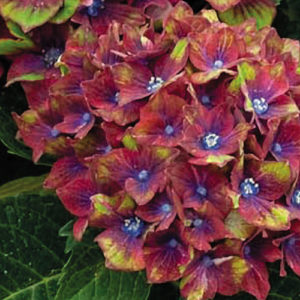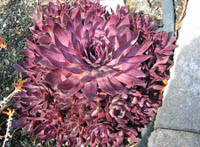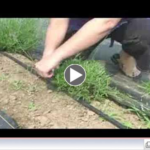Gardening wouldn’t be gardening without (at least) a few essential tools. My Felco bypass pruners and my Corona 6-inch folding pruning saw are my go-to tools. But it’s part of human nature to ignore tools until the worst possible moment, when you can’t find them, or they don’t perform as needed.
The good news: this type of gardening grief is 100% preventable. The not-so-good news: my best advice is to protect your tools from… well…you.
Give yourself a gift. Take a few moments and learn five easy ways to take care of your tools.
- Choose and care for tools with the long term in mind. What is the “optimum tool?” Whatever makes gardening chores easier and doesn’t have to be replaced due to overuse. Caring for your tools will make you feel like you can do something your grandfather knew how to do. Making tools last a lifetime is a skill that you can learn.
- Never leave your pruning tools out in the rain. If you work in the rain or on wet plants, be sure to dry the blades carefully before putting them away. Having a towel handy is great, but drying tools on your wool sweater is not smart. So, just dry them on something. Yes, this is common sense, but I have to make these little rules for myself so that I am not supremely unhappy with myself later.
- Never try to cut a branch that is too big for your blade. Whatever you prune should be easy to cut. You shouldn’t have to open the blades super-wide to do the deed. For example, a half-inch branch should be the maximum diameter for your Felco clippers. Before you say, “Well, that’s no good,” hold on! The whole idea is to prune things before they get huge. But if they did, no worries. There’s a tool for that, too. For example, a one-inch branch pushes your Felco bypass clippers to the limit. Yes, I know what I said several sentences ago. Pretend I said half-inch until you and your Felcos are very, very good friends. Anything bigger should be cut with your handy, easy-to-use folding hand saw. I understand: you have a pruning itch, and it must be scratched. Fine. But, to help yourself resist the urge to use the wrong tool for larger branches, keep this must-have piece of equipment handy while you are working.
- Get a pruning saw and bypass pruning shears (not clippers). A pair of Felco #2 or #6 pruning shears and a folding pruning saw are the gotta-have tools for all gardeners. Corona brand tools are good too. Otherwise, Felco pruners are the industry standard. Ahh… the pruning saw. This minor miracle of gardening tools makes hard work so easy! Believe me, you will love having one. In February 2012, I saw a Corona pruning saw and a pole pruner offered as a package for less than $50.00 at Costco. The pruning saw helps you make a beautiful, clean cut without tearing up your plant’s bark. Better yet, you can do it easily and do it right the first time, without much physical effort. This is very nice for those of us with little or no muscle to speak of.
The pole pruner which I use only rarely, cannot make clean, flush cuts as easily as the saw. It takes skill that many of us don’t have. However, you use the pole pruner when you must remove a branch that you cannot reach and don’t have a proper ladder. (Or, perhaps your family has said “Sorry, no more ladders, lady.” Man, some folks get pushy about little things like ladders when we get a bit older.) - Learn how to keep your pruning tools sharp. Whether a pair of clippers or a handsaw is right for the job, remember: if you go after branches that are too big for your blade, you will permanently damage the tool. Learning how to sharpen and oil your tools will not deliver optimum performance if you have already messed them up with misuse.
These tools take you back to the days when you bought replacement parts, not a whole tool. You can learn how to clean and sharpen your tools from your garden coach or go online to learn how. My Felco bypass pruners to see how a professional does it. Although the guy in the video uses orange oil he gives you practical alternatives such as WD40. I found it easy to follow.

